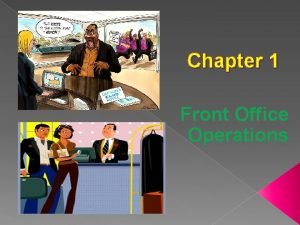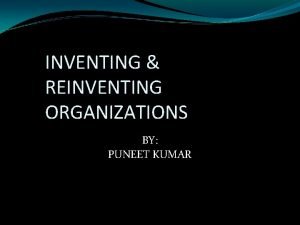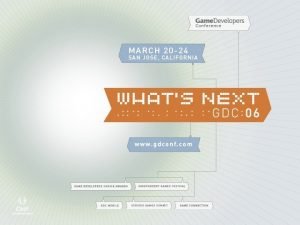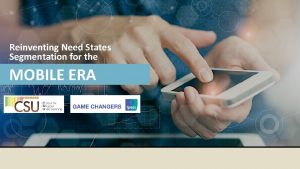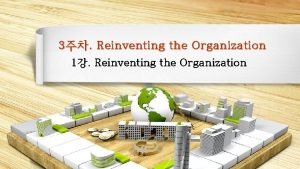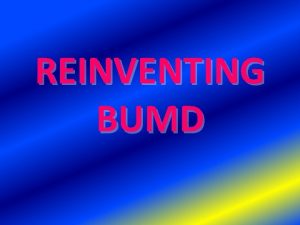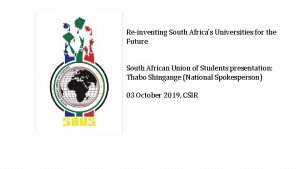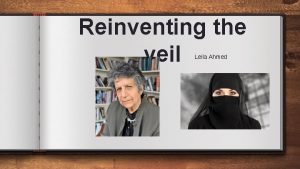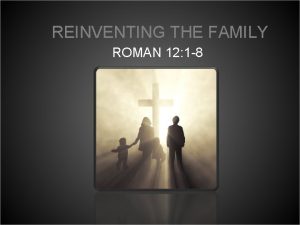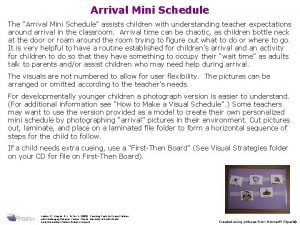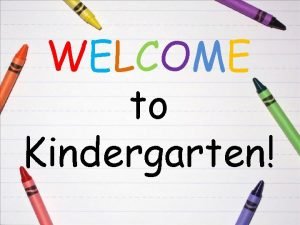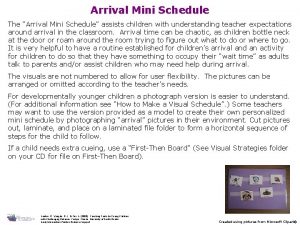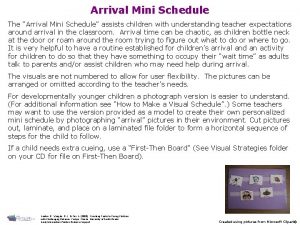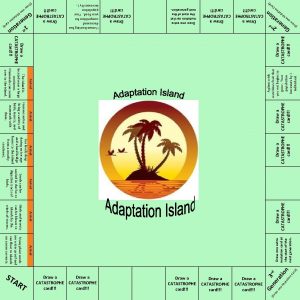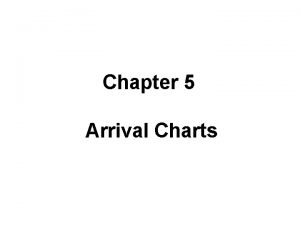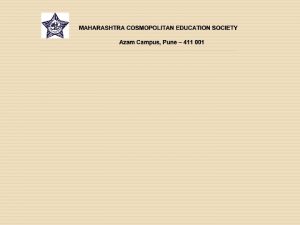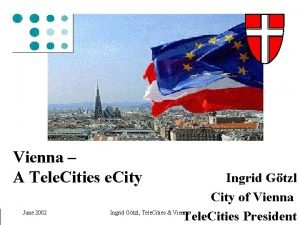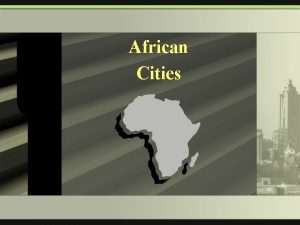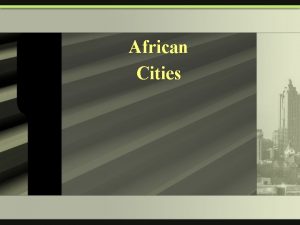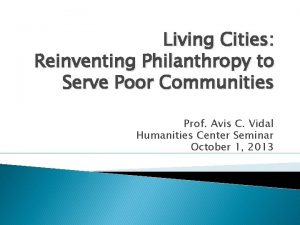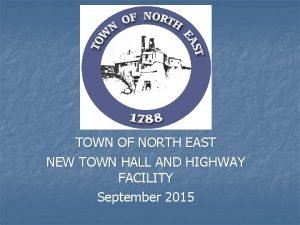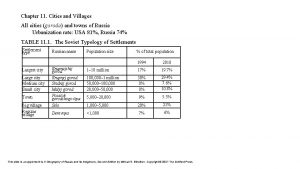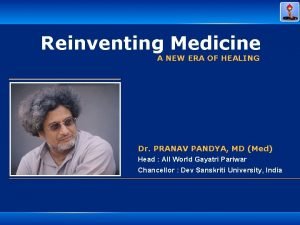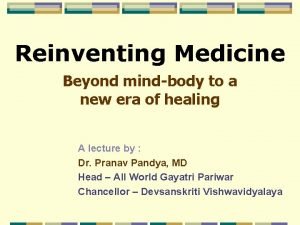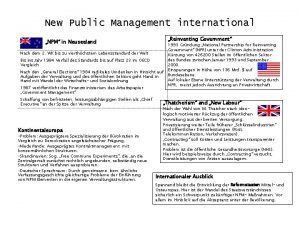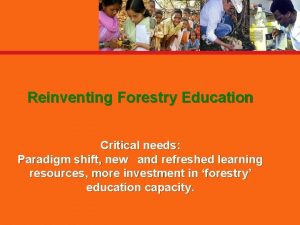New Town Arrival Cities Reinventing Cities for All
































- Slides: 32

New Town, Arrival Cities Reinventing Cities for All Citizens A Europe Closer to Citizen

Welcome • Miško Papac – Gemeente Nissewaard (NL) • Michelle Provoost – International New Town Institute (NL) • Shane Downer – Milton Keynes Council (UK)

Introduction • New Towns like many cities across Europe are facing rapid urbanisation, migration and demographic change, but New Towns were set up on a principle of welcoming all newcomers. • The New Town Arrival Cities project, funded through the EU Europe For Citizens Programme, has examined five very different New Towns across Europe through a ‘city lab’ process and how they are tackling rapid change through the prisms of culture and identity, replanning collective spaces, citizenship, city adaptation and change in civic governance.



New Towns: Originally for a homogeneous (white) population Thamesmead, London (UK) Gellerup, Aarhus (DK)

Ongoing process of immigration Turkish guest workers in Aarhus (DK) Chinese School in Harlow (UK)

Reinventing the city & the narrative Sabaudia (IT) Amsterdam-West (NL)

Michelle context 3 Migrants of all kinds

Paradox of New Towns: from open city to fort Milton Keynes (UK) Almere (NL)


City Lab 1: Milton Keynes Context • Theme of Culture and Cultural Heritage • A ‘Third-Wave’ New Town designated in 1967 – so 2017 was the 50 th birthday year • Population doubling by 2031, Growth Agenda • A challenge of Reinvention and Regeneration of original new town areas • Ethnic minorities struggling for their heritage and culture to be heard, valued and celebrated

City Lab 1: Milton Keynes, November 2017 • Tours by ethnic/community groups of their areas • Showcasing diversity of peoples and programme • The City Centre as a private/commercial space • Museum looking at community and identity • Presentations and debate – external city advisers

City Lab 1: Milton Keynes, Conclusions 1. Art and culture: Events provide a platform for dialogue and expression • If migrant communities are to be recognized and valued, they need to be known and understood. 2. Public space: A place where communities can meet and become visible • Privatization and commercialization of public spaces, brings a general lack of unprogrammed, neutral spaces where (migrant) communities can meet.

City Lab 1: Milton Keynes, Conclusions 3. Adapting the welfare state model: changing demands for housing and transportation • regeneration efforts need to place greater emphasis on safeguarding support structures than on physical renewal. 4. Building a positive narrative: Understanding cultural differences • E. g. Great Linford “Breakfast Club”, a regular meeting with guest speakers where all inhabitants are invited for breakfast and a discussion about cultural issues that affect their communities. 5. Government-citizen relations: Building trust is the key to establishing a dialogue • Establishing trust between the municipality and the citizens is key for allowing community members to make their voices heard.

A Festival of Creative Urban Living Raumlaborberlin, 26 th September -13 th October 2019, Milton Keynes 1. Art and culture: Events provide a platform for dialogue and expression 2. Public space: A place where communities can meet and become visible 3. Adapting the welfare state model: changing demands for housing and transportation 4. Building a positive narrative: Understanding cultural differences 5. Government-citizen relations: Building trust is the key to establishing a dialogue City residents are also specialists. No one knows better in each respective situation than those who have to deal with the places on a day to day basis. raumlaborberlin forge active alliances between local actors and external experts, discovering new areas of action and opening new fields of experimentation, whose possibilities they test and examine collectively.


City Lab 3: Grand Paris Sud, October 2018 • Migrants in a new town: which life course options as citizens? Context: • Urban agglomeration composed of 23 municipalities • New Towns of Evry and Senart as a part of French « Master plan » in the 1970’s • 19 « Town policy » neighbourhoods • Challenges : territorial equality, social cohesion, fight against discrimination, efficient public service, urban renewal

City Lab 3: Grand Paris Sud October 2018 • Focus on the question of secularism in France • Visits of neighbourhoods • Visits of different communities’ worship places • Meetings with local associations • Reflexion on role and contribution of immigrants in the city life : economy, culture, associative activities.

City Lab 3: Grand Paris Sud, Conclusions 1. Culture • Emergence of a new hybrid culture • Art and culture as a platform for intercultural dialogue • Cultural ambassadors 2. Public spaces • Need to transform and reinvent public spaces to adapt to cultural, social and economic changes • The place of citizens in the co-construction of the city 3. Adapting the original model to contemporary needs • The associations playing a crucial role in migrants’ civic and social inclusion

City Lab 3: Grand Paris Sud, Conclusions 4. Building a positive narrative • Understanding the multicultural dimension of the contemporary society • Migrants’ involvement in associative life • Ethnic commerce: the role of migrants in the economic and business vitality 5. Government – citizen relations • Combining top-down and bottom-up actions to redefine the alliance with the community • “Town policy” programme • Support to the associations • Citizens councils


City Lab 5: Spijkenisse Context • Theme: Reshaping government-citizens relations • A New Town pointed by Dutch government 1960’s, accepted in 1970’s • High building density, diversity • Economic and socio-demographic changes. • Repositioning in the Rotterdam region

City Lab 5: Spijkenisse, February 2019 • Timetravel through the growth of a New Town • Meet and greet with arrived citizens • Neighbourhood development • Sense of place and involvement with the neighbourhood and town • Unusual suspects and understanding youngsters

City Lab 5: Spijkenisse, Conclusions 1. Heritage& culture >> The city as an open-air museum: the history of architecture and urban planning since the post-war period to the present time • How can (the process of creating) architecture and urban planning contribute to make people feel at home and strengthen the sense of belonging to the place? 2. Public space >> Rediscover collective spaces as a strength and a value for the community • How to involve people in the overall vision of transformation of a neighbourhood? • How do you increase collaboration?

City Lab 5: Spijkenisse, Conclusions 3. Adapting the welfare state model >> Cities in transition – the old urban patterns have become outdates and new socio-economic and structural conditions challenge the contemporary city • How to work with the inhabitants and make their participation effective? • What kind of approach is needed? 4. Building a positive narrative >> What will be Spijkenisse in perspective • What is it that Spijkenisse attracts people from Rotterdam? • What is the new founding values which make the city unique?

City Lab 5: Spijkenisse, Conclusions 5. Government-citizen relations >> Own the city. Create the conditions for a collective construction of the city • Own the city. Feel home and responsible. Look for and listen to the unusual suspects.

City Lab 5: Spijkenisse, Conclusions Keywords • Talent development • Investment in training the skills of young people • Keep engaging the whole spectrum of people. • Do not only offer solutions, but involve • Creating conditions for empowerment

Project Conclusions 1. 2. 3. 4. 5. 6. 7. 8. 9. 10. Promote art and culture as a means of transcending communication barriers Support grassroots groups, which often fill the gaps in service provision, cultural production and more Embrace a variety of approaches to public space - especially unconventional ones Build on existing cultural and commercial models for integration Start with small-scale interventions as a first step toward improving public space Recognize that urban renewal and the existing urban identity can be mutually beneficial Increase access to public programmes and services Empower residents to take ownership of public life and activities Invest in young people, and give them opportunities to define the urban agenda Inequality and non-inclusion are complex problems that require sustained, long-term plans: communication and managing expectations are key

Next Steps 1. Build the Network, with INTI at the centre • Membership • Projects (See and do) • Events (International New Town Day) 2. Mutual support through key projects (A Festival of Cultural Urban Living) 3. Partnerships

THANK YOU

QUESTIONS?
 Mail and message rack in front office
Mail and message rack in front office Inventing and reinventing organizations
Inventing and reinventing organizations How to expand your business without reinventing the wheel
How to expand your business without reinventing the wheel Censydiam model
Censydiam model Town b is 380 km due south of town a
Town b is 380 km due south of town a Name 3 points
Name 3 points This map becomes their window
This map becomes their window Fspos
Fspos Novell typiska drag
Novell typiska drag Tack för att ni lyssnade bild
Tack för att ni lyssnade bild Vad står k.r.å.k.a.n för
Vad står k.r.å.k.a.n för Varför kallas perioden 1918-1939 för mellankrigstiden
Varför kallas perioden 1918-1939 för mellankrigstiden En lathund för arbete med kontinuitetshantering
En lathund för arbete med kontinuitetshantering Kassaregister ideell förening
Kassaregister ideell förening Tidbok yrkesförare
Tidbok yrkesförare Anatomi organ reproduksi
Anatomi organ reproduksi Vad är densitet
Vad är densitet Datorkunskap för nybörjare
Datorkunskap för nybörjare Boverket ka
Boverket ka Mall debattartikel
Mall debattartikel Autokratiskt ledarskap
Autokratiskt ledarskap Nyckelkompetenser för livslångt lärande
Nyckelkompetenser för livslångt lärande Påbyggnader för flakfordon
Påbyggnader för flakfordon Kraft per area
Kraft per area Publik sektor
Publik sektor Jag har gått inunder stjärnor text
Jag har gått inunder stjärnor text Presentera för publik crossboss
Presentera för publik crossboss Vad är ett minoritetsspråk
Vad är ett minoritetsspråk Vem räknas som jude
Vem räknas som jude Treserva lathund
Treserva lathund Fimbrietratt
Fimbrietratt Claes martinsson
Claes martinsson Centrum för kunskap och säkerhet
Centrum för kunskap och säkerhet
